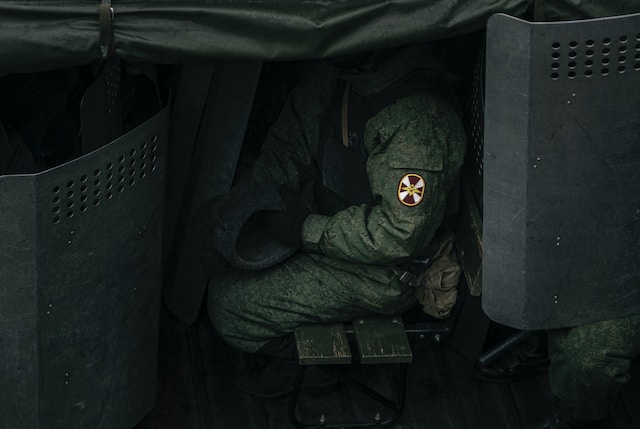The technical asymmetry between the Vietnamese and U.S. air forces was a key aspect of the air war. The Vietnamese Air Force faced an adversary with a significant technical advantage in the form of modern fighters, bombers, and electronic intelligence.
Despite this, the Vietnamese Air Force successfully adapted to the situation. They developed their own tactics, relying on maneuverability and stealth. Vietnamese pilots avoided direct confrontations with the enemy and used cover to survive and strike.
In addition, the Vietnamese Air Force made heavy use of air defenses and anti-radar systems. They considered the way to success in ambush and surprise. All this proves that not only technical superiority is important, but also the ability to adapt and apply innovative tactics.
Technical asymmetry has become part of the Vietnamese Air Force’s scientific approach and demonstrates how the pursuit of survival and valor can outweigh technical performance in air combat. This category provides a better understanding of the importance of tactical thinking and innovation in a resource-constrained environment.
